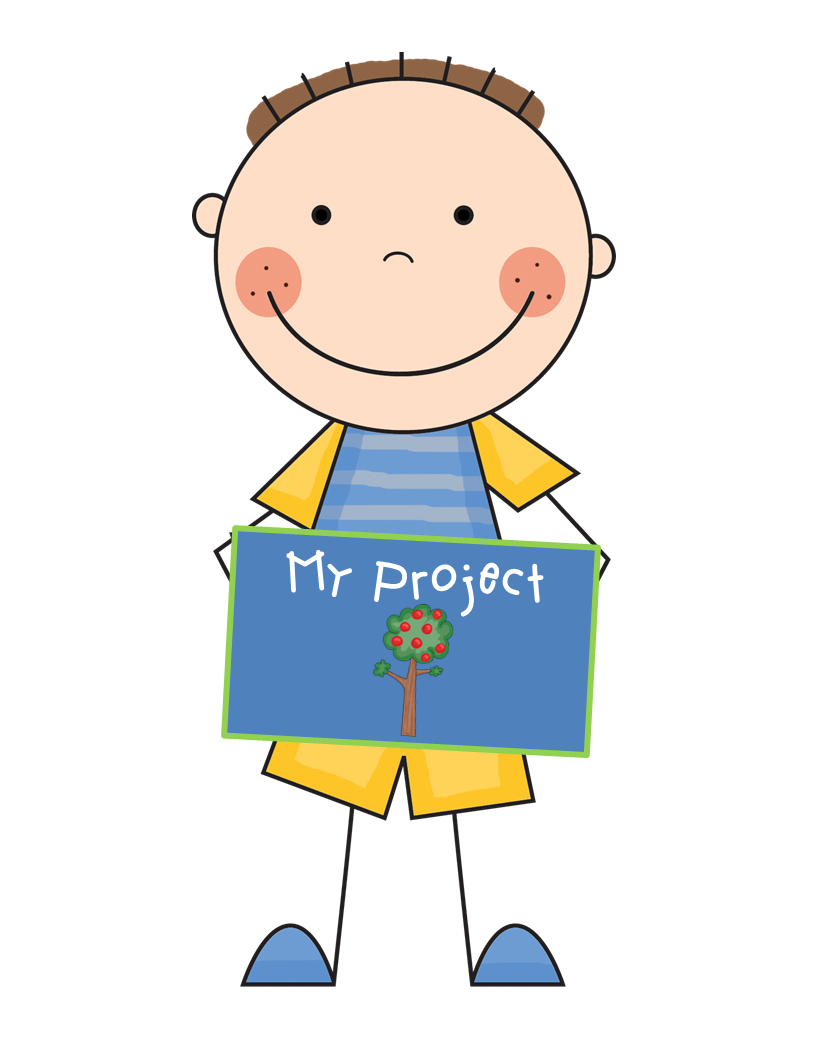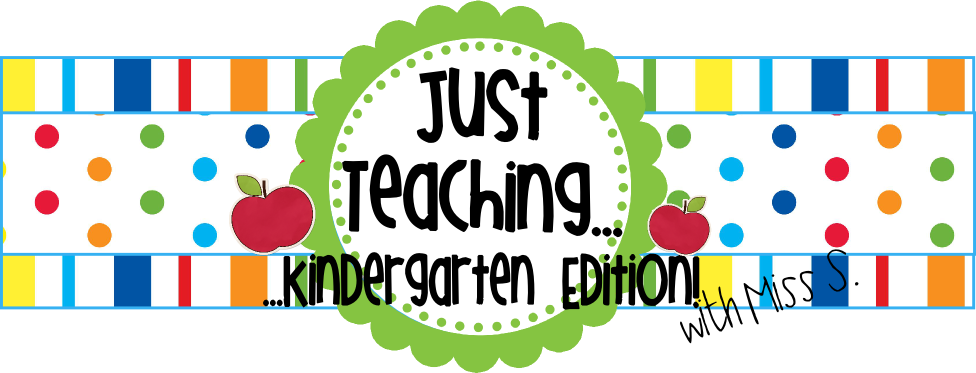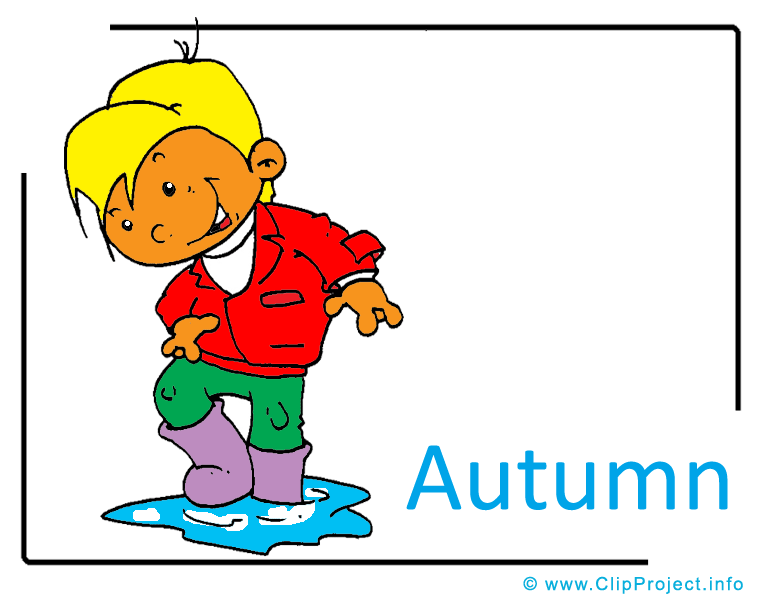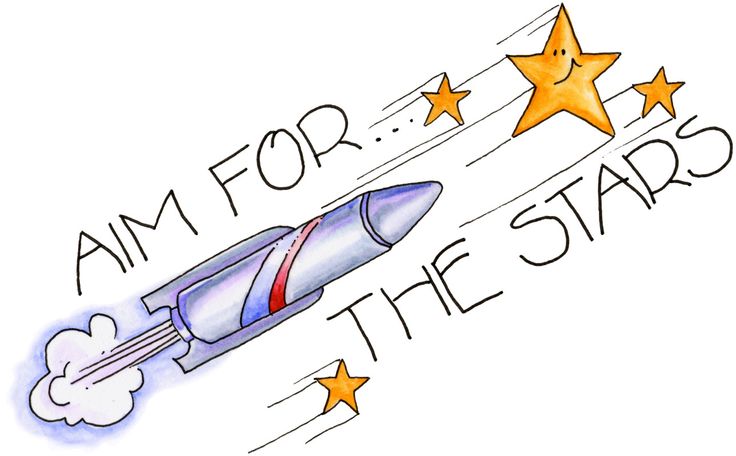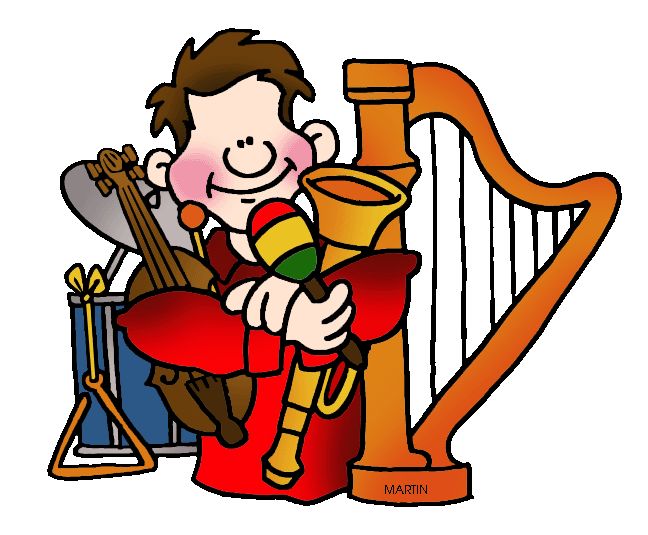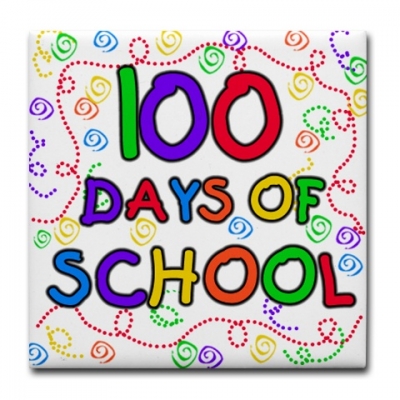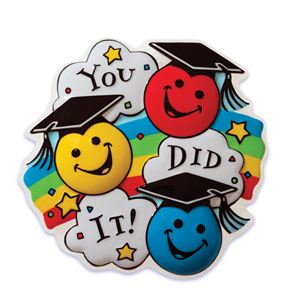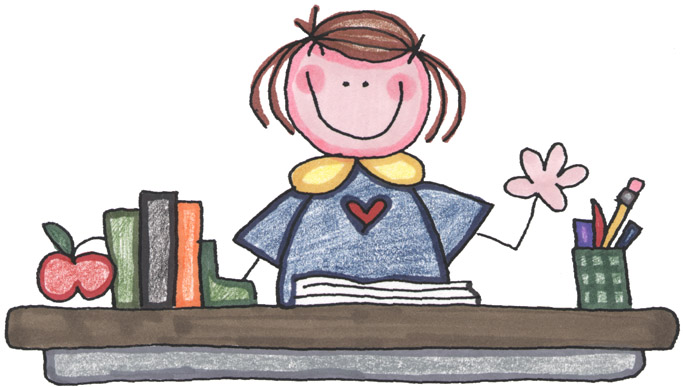Kindergarten Clip Art
Kindergarten provides an essential bridge introducing the youngest students to formal schooling. The German term meaning “children’s garden” reflects the nurturing cultivation of kindergarten optimizing children’s development through playful engagement tailored to spark meaningful connections for emerging skills to blossom.
Kindergarten Environment
Classrooms
Kindergarten classrooms organize structured areas for table activities blended with open play zones allowing collaborative engagement. Bright decorative touches encourage cheering exploration. Circle time meeting spots reinforce community. The workspace balances comfort and usefulness.
Play Areas
Spaces purpose-built for dramatic imaginative play, blocks, toys and games reinforce experiential hands-on learning while supporting peer interactions, role-playing life situations, conceptual stacking/building, creative experimentation and purposeful play.
Interest Centers
Literacy spaces feature reading nooks with rich texts and writing implements to immerse in vocabulary. Math and manipulative areas offer counting frames, attribute blocks, puzzles, weighing stations and sorting trays for tangible math. Science zones provide magnifying glasses, collections and experiments. Each area encourages investigation through materials.
Kindergarten Skills
Early Literacy
Emerging literacy skills like letter recognition, phonics, listening comprehension, rhyming, alliteration, vocabulary, conveying ideas, concepts of print and fine motor control for writing readiness constitute building blocks for formal reading and writing coming in elementary grades.
Numeracy
Counting verbal sequences connect to visual dot arrangements on dice or dominos. Sorting attributes develops categorization abilities while patterning hones logical predictions about what comes next in graduated sequences. Comparing magnitudes lays measurement sense needed for higher math.
Motor Skills
Children sharpen hand-eye coordination through precise playdough sculpting, lacing cards or beading necklaces as they gain muscle control to guide pencils, crayons, scissors and eventually keyboards with dexterity. Clapping games build retention through rhythm and movement. Kicking balls improves balance control.
Kindergarten Activities
Circle Time
Daily class meetings on the carpet develop listening skills. Turn taking builds confidence. Calling on weather charts reinforces analysis while calendar patterns teach sequencing essential to mathematical thinking. Reading felt stories factors early narrative comprehension.
Arts and Crafts
Children demonstrate unique perspectives, fine motor refinement and executive functioning skills by independently selecting color combinations, building materials into three dimensional creations, safely handling scissors to cut shapes and drawing/tracing their own original ideas from imagination.
Physical Education
Running games instill understanding about body speeds and spatial directionality. Group activities require coordinating personal actions with others’ roles for a collective outcome. Repeated jumping, catching or bouncing exercises lay the repetitive practice for athletic aptitude and bodily awareness.
Kindergarten Curriculum
Reading/Writing Readiness
Phonological skills like isolating, blending, rhyming sounds prepare decoding words. Retelling stories in sequence or expressing original ideas serves comprehension. Letter formation leads to sight words then sentences for writing sentences with pencil grip practice.
Number Sense
Rote counting and one-to-one correspondence match quantity to symbols. Comparing sets reinforces relative magnitude. Shapes find real world applications preparing algebraic thinking. Sorting objects by attributes forms categorical distinctions important for data interpretation graphs..
Social Emotional Learning
Children articulate feelings, empathize with others, resolve interpersonal problems and gain independence taking accountability by leading small tasks. Managing expectations in a group dynamic advances self-confidence to explore new environments.
Kindergarten Assessments
Letter Recognition
Since decoding ability relies on letter-sound pairings, teachers assess letter name familiarity alongside Symbolic phonetic awareness tests pronunciation while nonverbal sound imitation gauges auditory discrimination minus vocabulary needed to label terms.
Counting Skills
Forward number sequences indicate recall but counting tangible objects in one-to-one ratios better measures comprehension of the cardinal principle that the last number represents the total sum. Quantifying groups without verbal counts assesses deeper internalized fluency.
Following Directions
Step-oriented instructions with sequential memory components determine sustained attention needed for multistep academic tasks while interpreting figurative language reveals listening comprehension nuance beyond concrete verbatim retention. Reaction times suggest processing efficiency.
Kindergarten Teachers
Engaging Style
Kindergarten teachers patiently reconnect straying focus while praising incremental gains to instill intrinsic motivation for skill refinement through playful means like song mnemonics anchoring concepts to music joyfully supporting varied paces suiting developmental needs.
Adaptive Methods
Observing learning patterns allows customizing writing implement sizes to fit motor abilities from full grips to precision fingers, using textured counting tools adapting to vision difficulties or pre-teaching vocabulary ensuring concept accessibility before teaching nuanced content application so methods fit the student.
Making Learning Fun
Learning feels like triumph rather than drudgery when framed as an adventure to discover, privileging participatory immersion. Letting each child lead portions makes them teachers. Imaginative contexts like stuffed animal numbers games merge silliness with recall to delight young minds.
Kindergarten Clip Art
Alphabet Clip Art
Chunky alphabet letter characters pose against high contrast backgrounds to clearly distinguish symbolic shape. Some sets anthropomorphize letters with faces, limbs, clothing or accessories to inject further visual interest for pattern recognition drilling early literacy fundamentals.
Children Learning
Select clip art focuses on snapshots of kindergarten activities from storytime circles and show-and-tell object sharing to easel painting of handprint turkeys to celebrate Thanksgiving homecomings to classmates playing four square ball games during recess. Relatable moments enhance connection.
School ObjectsPencils, blank paper and lined composition books set instructional moods while school buses represent commutes as attendance expands friendships outside former exclusively family peer groups. Schoolhouse images harken nostalgia for adults. Clip art builds continuity from generation to generation.
Starting Kindergarten
Parent Separation
Tearful parents releasing children’s hands at the kindergarten classroom door signifies developmental milestone of structured independence. Youngsters practice self-reliance gaining confidence while caregivers adapt to evolving nurturing roles suited to newfound capabilities.
Social Cooperation
Collaborative play forges joint outcomes like coordinating role plays with assigned characters cooperating. Negotiating fair sharing of art supplies or taking turns with toys instills compromise during peer disputes. Group endeavors shape dynamics through give-and-take.
Responsible Students
The novelty of wearing a real backpack gravitates to Lifting folders without spilling papers lays responsibility groundwork. Following chore charts introduces helpful reliability. Returning own finished work prepares accountable completion even when tasks seem challenging.
Future Kindergarten Trends
Educational Technology
Apps that adaptively respond to student answers give interactive feedback while game-based learning platforms immerse through quests with incremental difficulty to master material without being taught through artificial intelligence, customizing explicit skills lesson sequences to each learner by strength/weakness analysis.
Personalized Instruction
Dynamic assessment identifies current capability then creates individualized learning pathways mapped to needs, preferred modalities and pace of mastery that empower student agency in setting goals. Tailored supports, tools or supplemental resources help differentiate without separatism.
Access and Opportunity
Providing publicly funded universal pre-K programming ensures equitable readiness support and character development for families regardless of backgrounds. Prioritizing kindergarten completion expects and enables success so that circumstances don’t dictate outcomes due to biases.
In this page clipartix present 76 kindergarten clipart images free for designing activities. Lets download Kindergarten Clip Art that you want to use for works or personal uses.



















